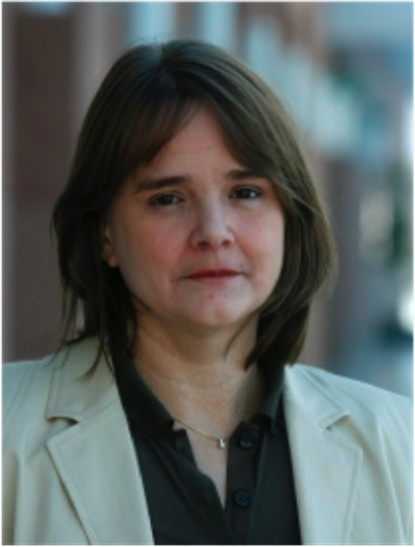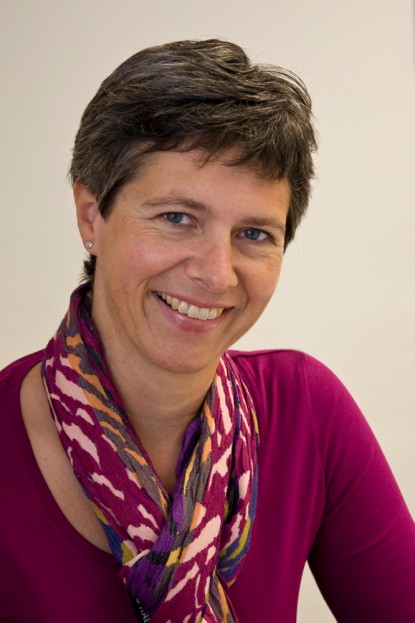The goal of this project section is the development of solid metrology and data ascertainment for the quantitative characterization of circuits. While population studies and cytometry are an important and established methods in section A, section B will advance and create microfluidic systems for the measurement of compounds and circuits. The combination with fluorescent microscopy enables the validation of circuits on a single cell level and high through-put. Cell-free systems together with microfluidic offer the possibility in regard to reaction volume and stationarity to converge to in vivo conditions. Section B creates the infrastructure to measure the circuits from section A in high through-put. The goal of this technology is the generation and supply of data in enormous amount and precision for section C.
Project B-1
Microfluidic systems for the in vitro characterization of genetic circuits
Project Head: Steffen Hardt
The focus of B-1 is to develop a microfluidic system which is capable to analyze the circuits from section A in conditions as close to in vivo as possible. Especially it should be possible to mimic the substance exchange of cells. The project is complementary to partial project A-2 in which circuits are implemented in vitro, but without substance exchange. The microfluidic system enables a quantitative and statistical relevant generation of data for the characterization of genetic circuits. The following questions emerge in section B-1:(1) How is it possible to add and subtract volume on a scale of below 1 pl?(2) What is the best technique to vary reaction parameters like concentrations in a systematic way?(3) Which system design promises the best potential for parallelism?
Project B-2
Microfluidic system for the characterization of genetic circuits in vivo
Project head: Heinz Köppl
Similar to the in vitro characterization in B-1, project B-2 should provide the technological infrastructure to measure the implementations of circuits from A-3 and A-4 on a single cell level with high through-put. Based on the preliminary work of group Köppl microfluidic systems will be designed, which are specialized on the model organisms E. coli and S. cerevisiae and fit their boundary conditions from A-3 and A-4. The data generated in this project forms the basis for the modeling methods in section C. In particular the algorithms from C-2 may have an influence on the system design, e.g. massive parallelism. The close relationship between modeling and experimental design is unique characteristic for CompuGene.
Partial project B-2 has the generation of a metrology, which allows the precise measurements under controlled conditions of circuits on the single cell level as a goal. The data should be optimized for the further analysis of the modeling section. Following concrete questions can be derived:
(1) Is it possible to fixate E. coli under stationary growth conditions in a cell chamber?
(2) How should a system be designed, which allows the usage of multidimensional inducer concentrations in one single cell chamber to characterize logic circuits?
(3) Which is the best way to control multiple cell chambers for a fast and accurate screening of different circuits?
(4) What are the technological challenges for the realization of a closed-loop, which enables the real-time adaptation of the stimuli based on the last measurement?




